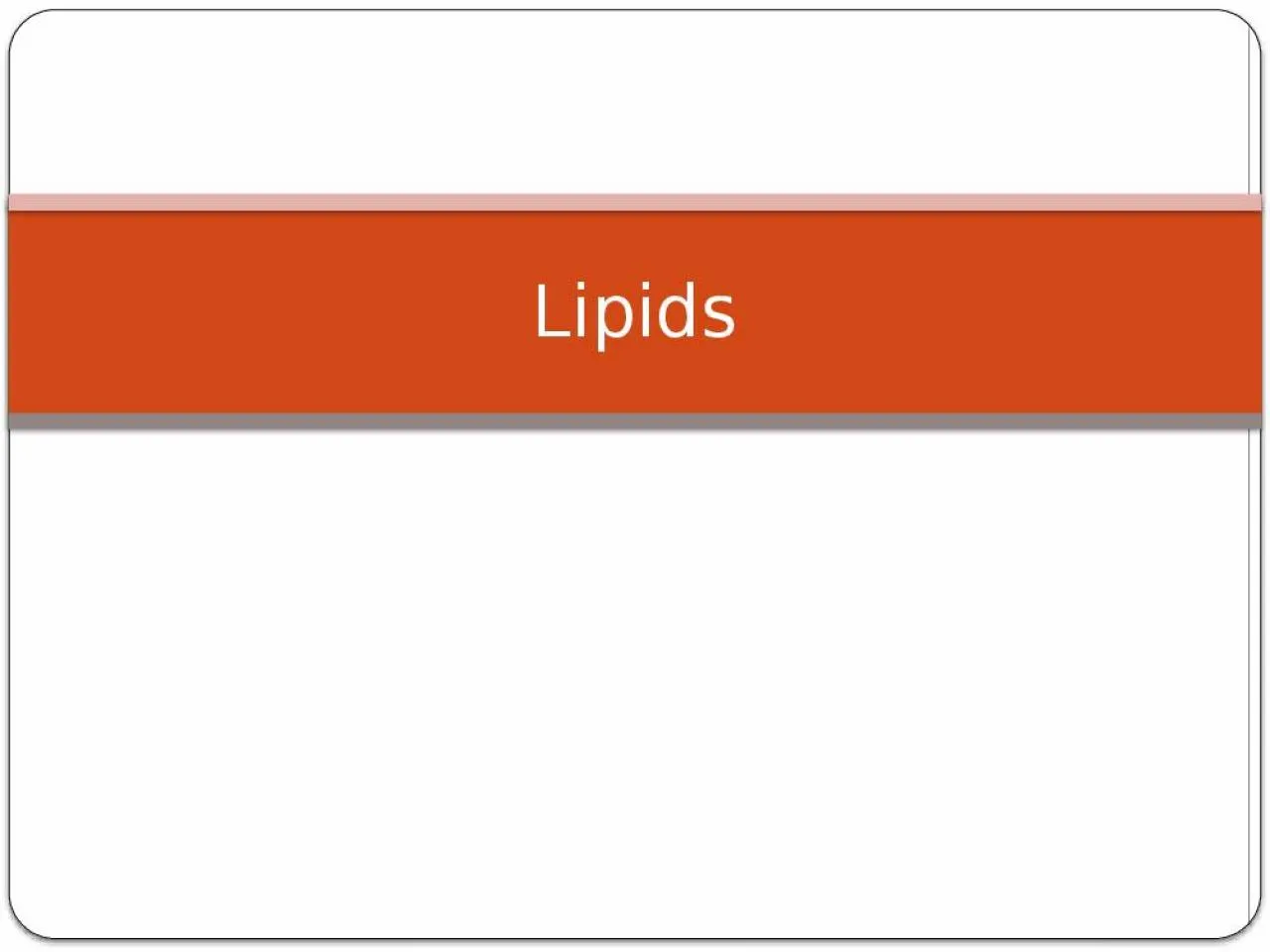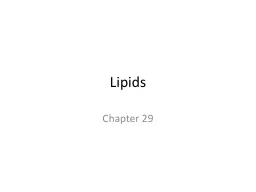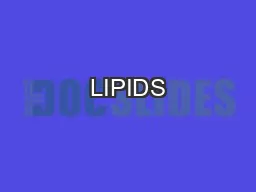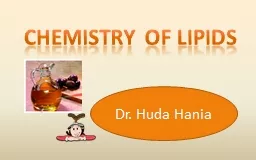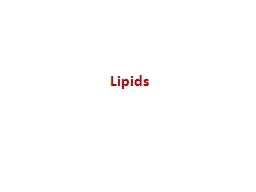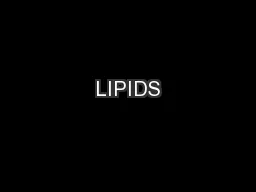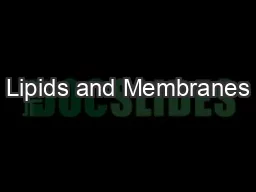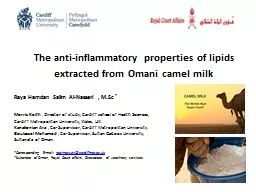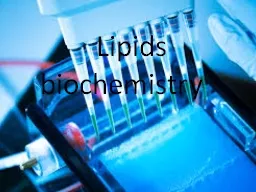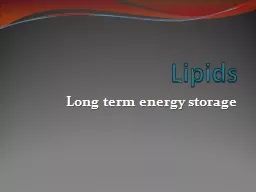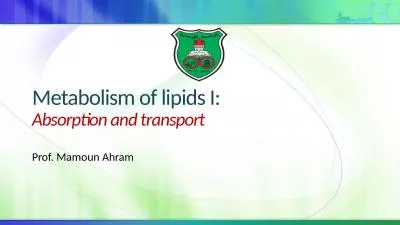PPT-Lipids Lipids are…. It can be defined as
Author : fiona | Published Date : 2022-04-07
nonpolar organic compound insoluble in polar solvent but soluble in organic solvents such as benzene ether chloroform Biological role of lipids Lipids are found
Presentation Embed Code
Download Presentation
Download Presentation The PPT/PDF document "Lipids Lipids are…. It can be defined ..." is the property of its rightful owner. Permission is granted to download and print the materials on this website for personal, non-commercial use only, and to display it on your personal computer provided you do not modify the materials and that you retain all copyright notices contained in the materials. By downloading content from our website, you accept the terms of this agreement.
Lipids Lipids are…. It can be defined as: Transcript
Download Rules Of Document
"Lipids Lipids are…. It can be defined as"The content belongs to its owner. You may download and print it for personal use, without modification, and keep all copyright notices. By downloading, you agree to these terms.
Related Documents

